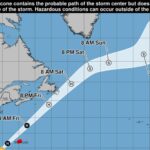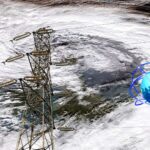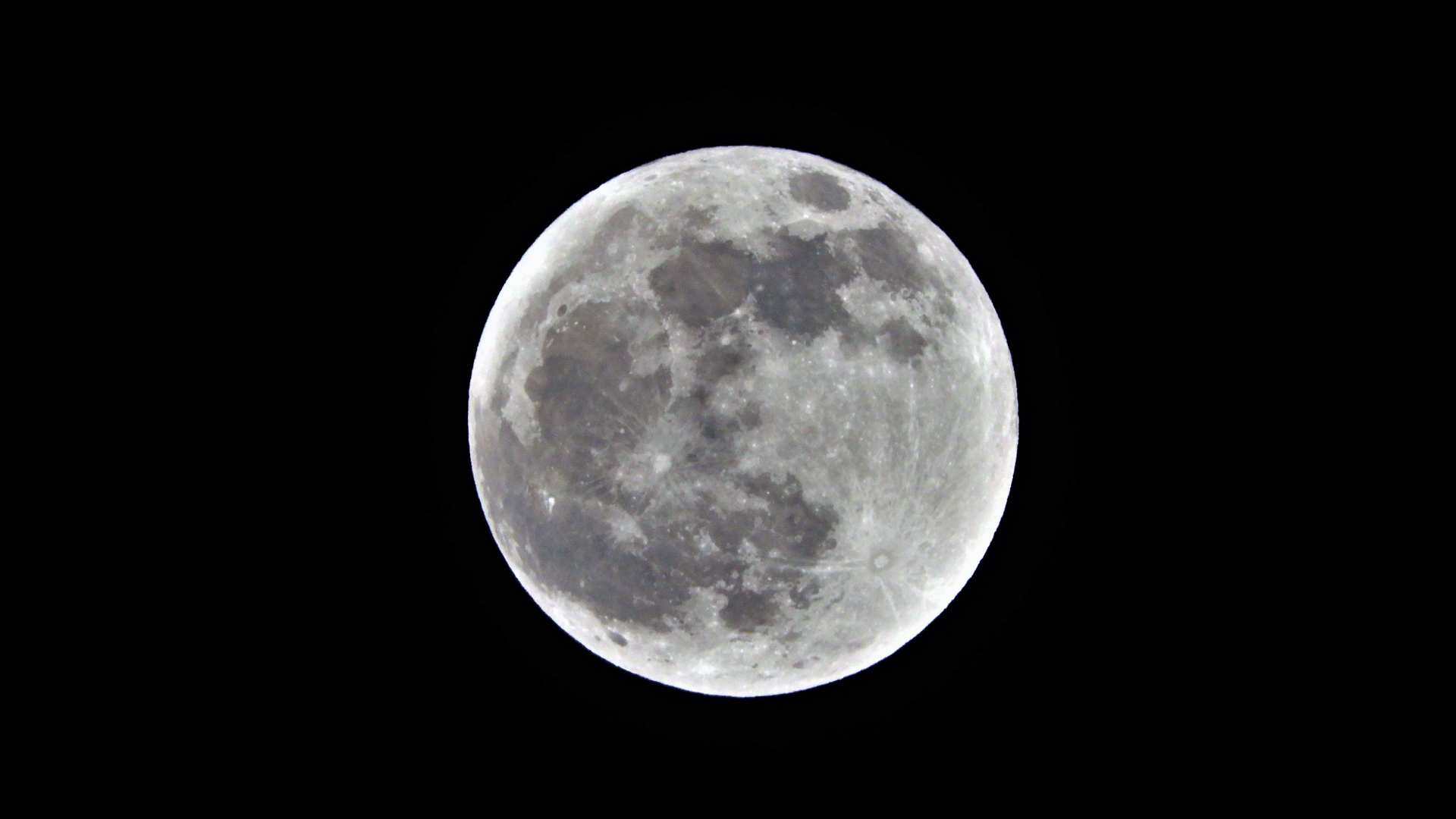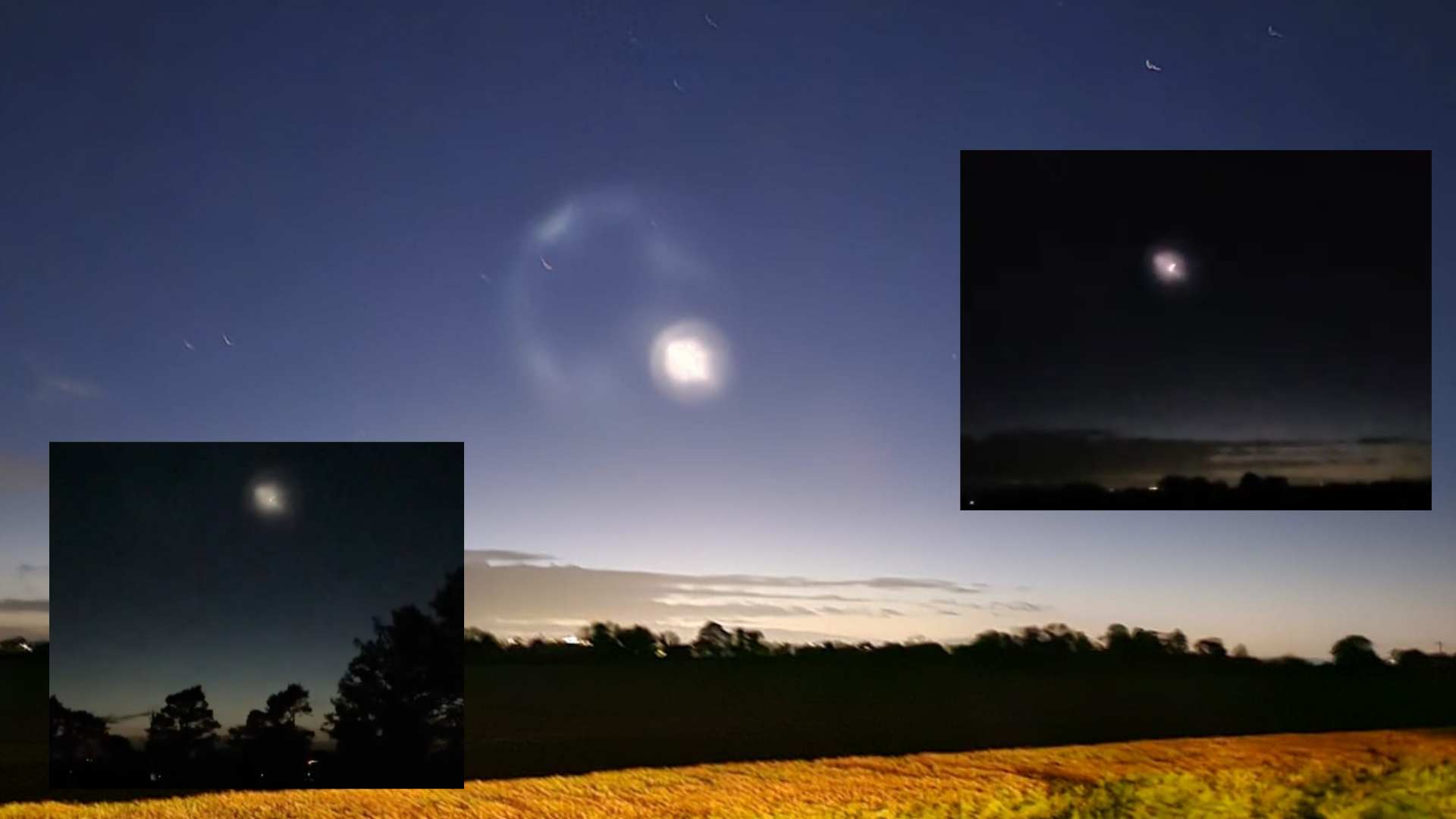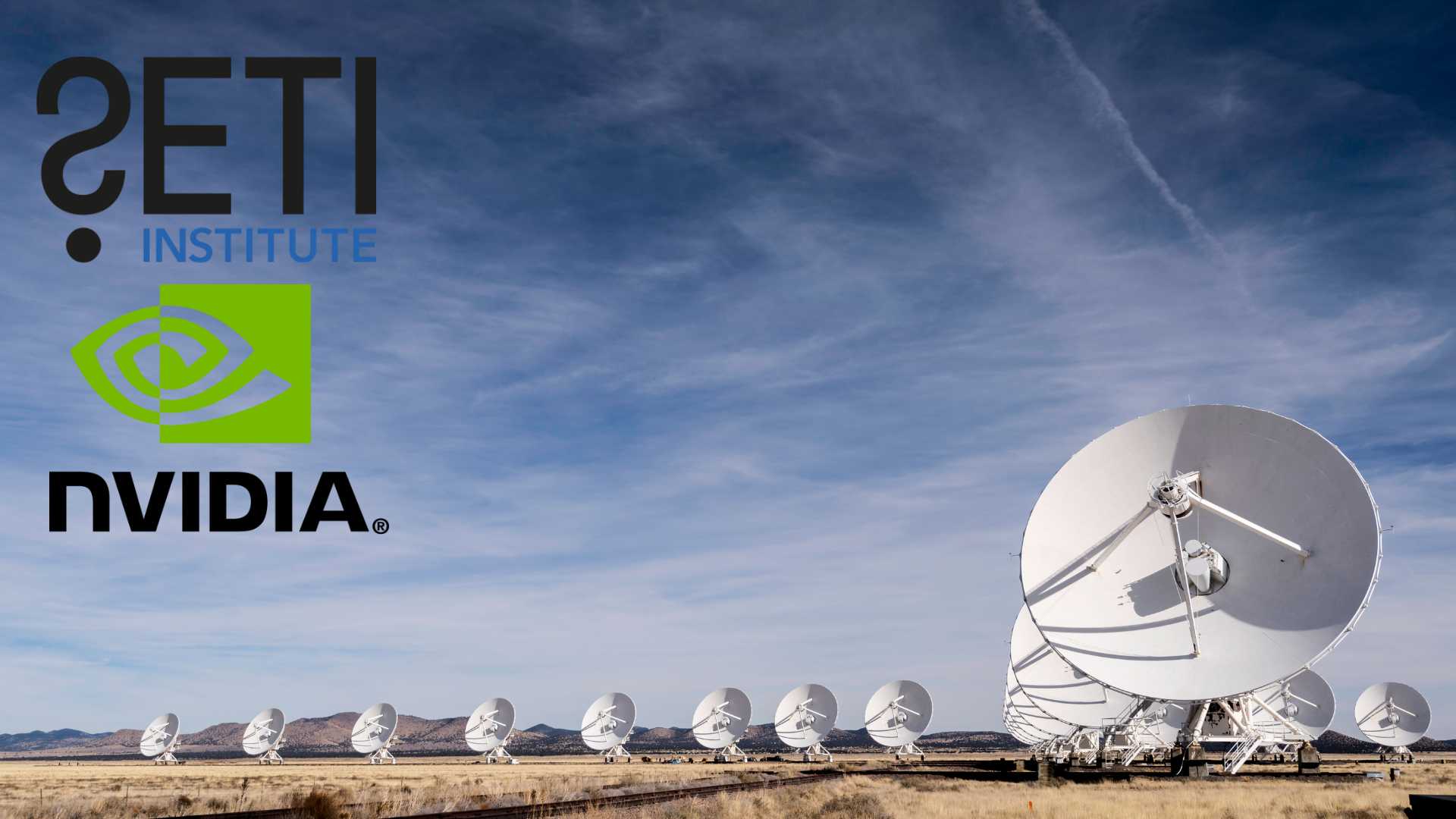
UCD astronomers help identify mysterious gamma-ray explosion

An international team of scientists including researchers from University College Dublin has detected a gamma-ray explosion unlike any previously recorded.
The event, designated GRB 250702B, was spotted on July 2nd by NASA’s Fermi Gamma-ray Space Telescope, which captured three powerful bursts from the same source within hours. A Chinese-led X-ray mission later showed the source had been active nearly a full day earlier.
Gamma-ray bursts are normally single, short-lived explosions caused by the collapse of massive stars. This one lasted for almost 24 hours and appeared to repeat in a regular pattern, something never seen before.
“This event is unlike any other in 50 years of gamma-ray burst observations,” said Dr Antonio Martin-Carrillo of UCD, co-lead author of a study published in The Astrophysical Journal Letters.
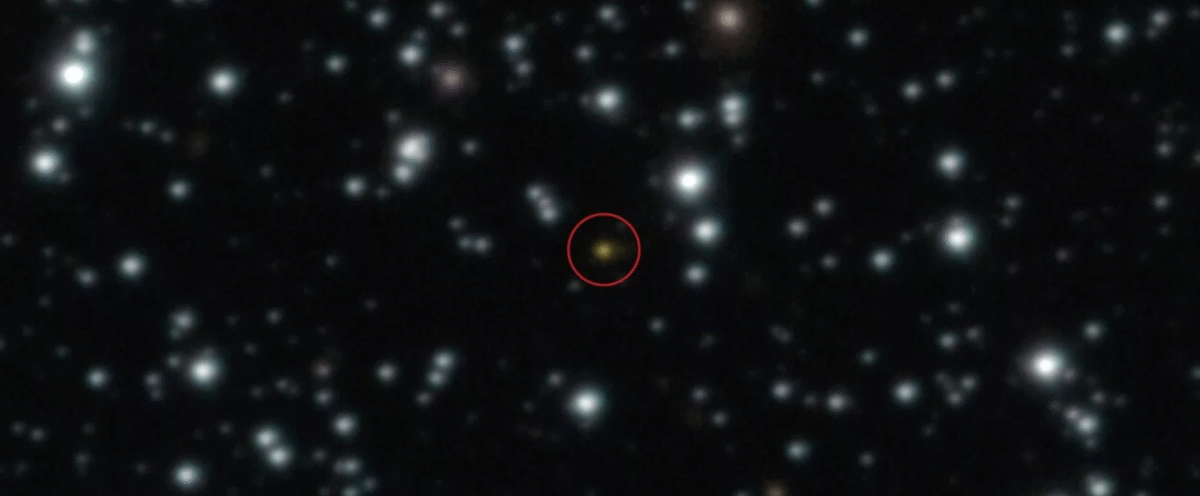
Scientists say it may have been caused by either the unusual death of a giant star or by a black hole tearing apart a star in a rare tidal disruption event. To explain the data, researchers believe the black hole could be an intermediate-mass type that has long been theorised but never confirmed.
Using the European Southern Observatory’s Very Large Telescope in Chile, the team traced the explosion to a distant galaxy. Follow-up observations with the James Webb Space Telescope and other instruments are continuing.
“We are still not sure what produced this, but it is a huge step forward in understanding one of the most unusual cosmic events ever seen,” Dr Martin-Carrillo said.
Share this WeathÉire story:


